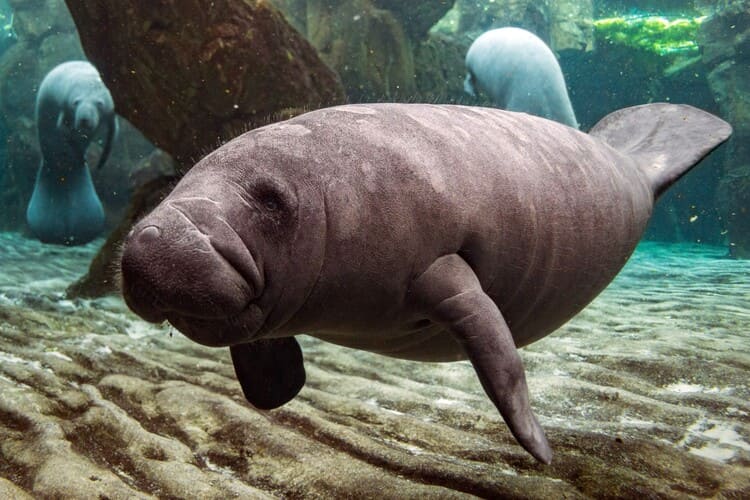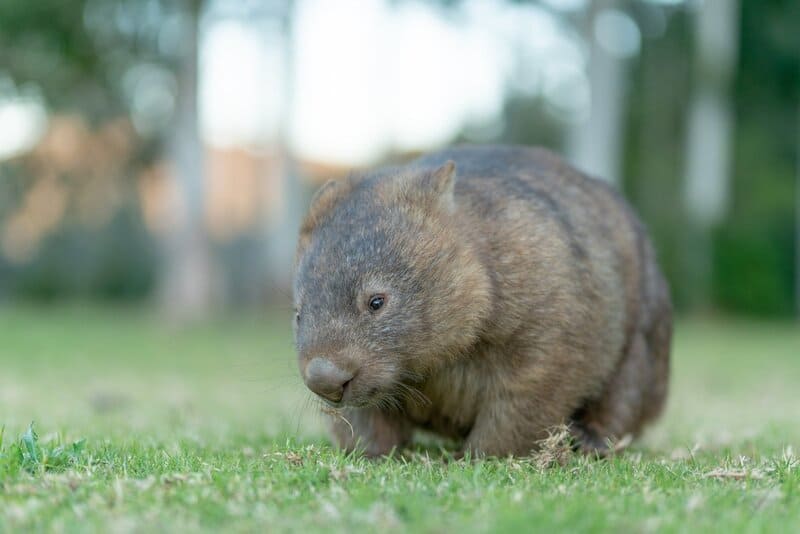
Common Wombat
Vombatus ursinus
The common wombat (Vombatus ursinus) is a burrowing marsupial of Vombatidae ···

Māui Dolphin
Cephalorhynchus hectori maui
Māui dolphin (Cephalorhynchus hectori maui) is a tiny coastal subspecies of···
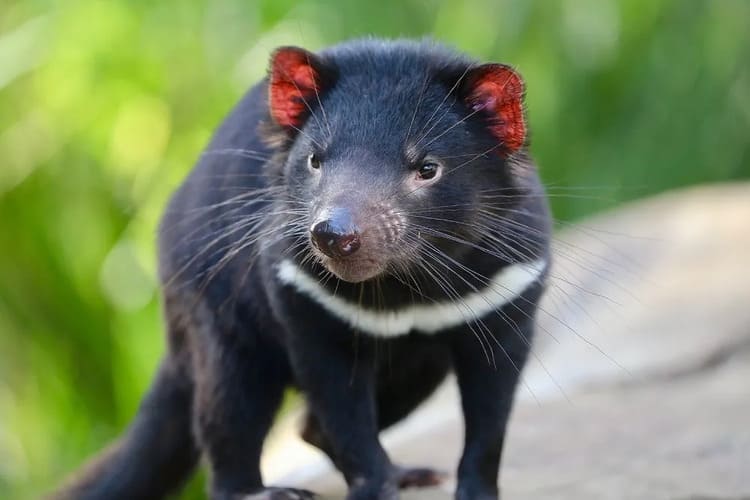
Tasmanian Devil
Sarcophilus harrisii
Tasmanian devil (Sarcophilus harrisii) is the largest living carnivorous mar···

Grévy’s Zebra
Equus grevyi
Grévy’s zebra (Equus grevyi) is the largest living wild equid, recognizabl···

Indian Rhinoceros
Rhinoceros unicornis
Indian rhinoceros (greater one‑horned rhino, Rhinoceros unicornis) ranges a···

Javan Rhinoceros
Rhinoceros sondaicus
Javan rhinoceros (Rhinoceros sondaicus) is among the rarest large mammals on···
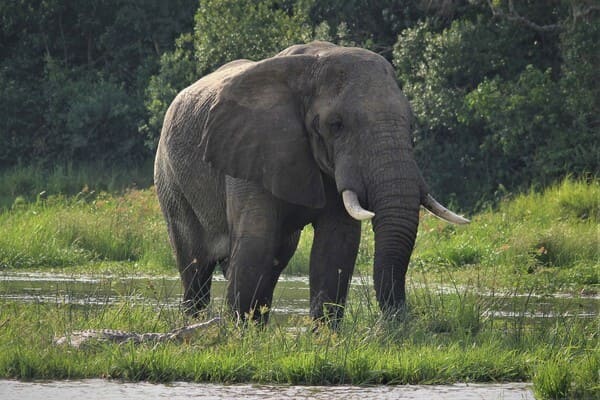
Sumatran Elephant
Elephas maximus sumatranus
Sumatran elephant (Elephas maximus sumatranus) is the smallest living Asian ···

Scimitar-horned Oryx
Oryx dammah
Scimitar-horned oryx (Oryx dammah) is a Sahel–Sahara antelope once widespre···

Black Rhinoceros
Diceros bicornis
The black rhinoceros (Diceros bicornis), scientifically known as the black r···

African Forest Elephant
Loxodonta cyclotis
I. Physical CharacteristicsAfrican forest elephants are smaller and more com···

Pseudois schaeferi
Dwarf blue sheep
The blue sheep inhabits steep rocky slopes at an altitude of 2,700 to 3,200 ···

Tapirus
Tapir is the name of the genus Tapir (scientific name: Tapirus), a genus of ···

African savanna elephant
Loxodonta africana
The name of the African elephant was given by Baron George Couvier (Johann F···

leopard cat
Prionailurus bengalensis,Civet cat, raccoon, copper coin cat, stone tiger, raccoon, mountain raccoon, wild cat, money cat
Ocelots are small, beautiful wild cats, named after their leopard-like patte···

Capybara
Hydrochoerus hydrochaeris,Paraguayan capybara, Uruguayan capybara
水豚这种动物我们虽然不常见,但是水豚的长相很可爱,而且对人类很友好,水豚喜欢···
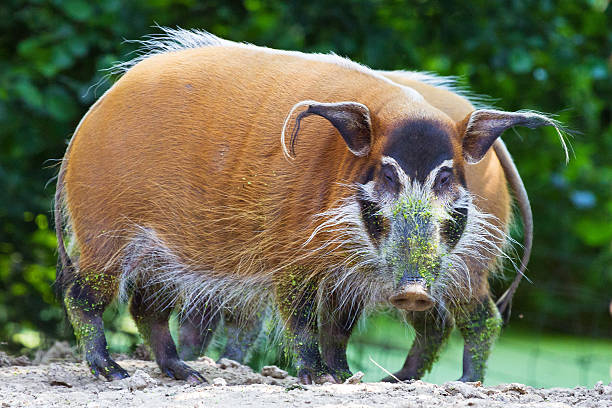
red river hog (Potamochoerus porcus)
Table of ContentsPhysical CharacteristicsHabitat and EnvironmentBehavior, Li···

coatimundi
coati,quash
When it comes to animals with unique personalities and quirky looks, the coa···

Wolverine
Gulo gulo,carcajou , quickhatch
When it comes to fierce and resilient animals, the wolverine tops the list. ···

Liger
Ligers are one of the most fascinating hybrid animals, combining the majesty···

Jackal
Jackals, though often overlooked in the animal kingdom, are highly adaptable···

